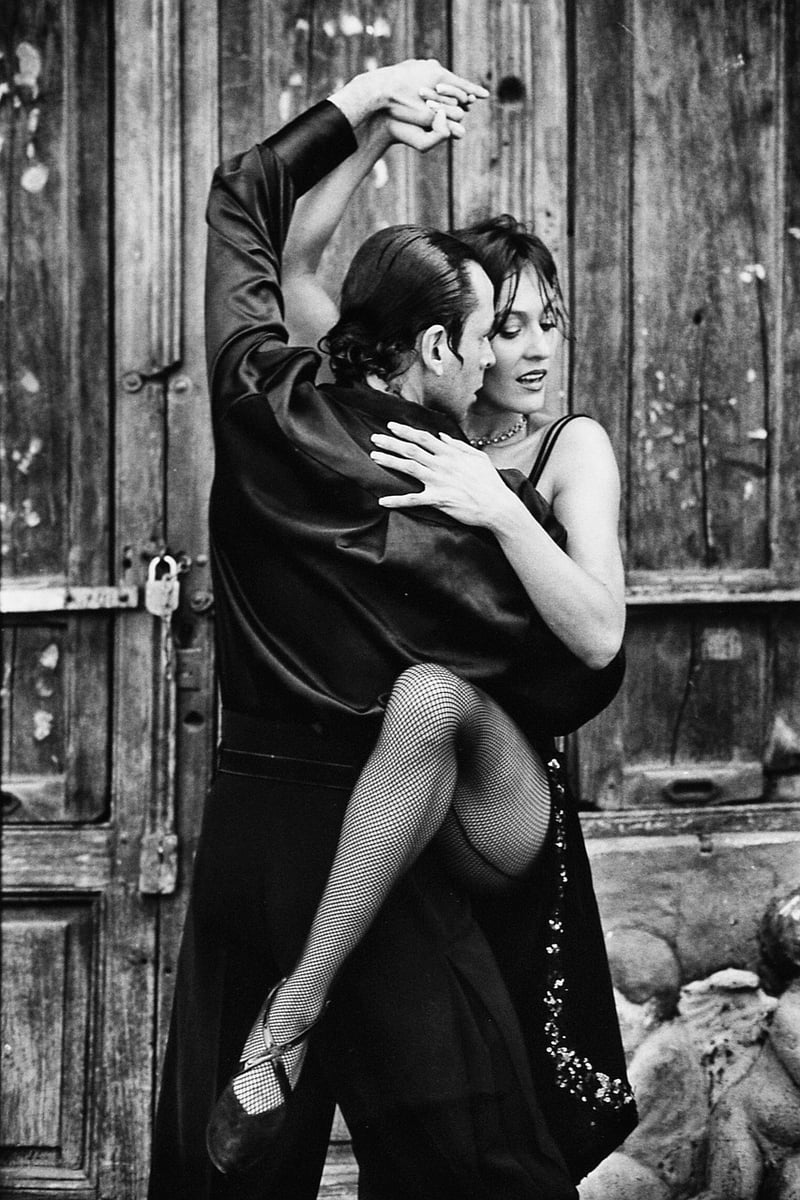Salsa
Exploring Expressive Movement Forms: Salsa Dancing
Expressive movement forms have long been a way for individuals to connect with their bodies, emotions, and cultural roots. One such dynamic and vibrant form of dance is Salsa. Originating in the Caribbean, Salsa dancing is not just a popular social activity but also a powerful means of self-expression and communication.
The Origins of Salsa
Salsa dancing emerged in the 1960s in New York City, blending elements of Cuban Son, cha-cha-cha, mambo, and other dance styles. Its roots can be traced back to Afro-Cuban and Afro-Caribbean rhythms, which give Salsa its infectious energy and passion.
Key Elements of Salsa
- Rhythmic Footwork: Salsa is known for its intricate footwork patterns that sync with the music's beats.
- Partner Connection: Salsa is a partner dance that emphasizes strong connections, leading, and following.
- Body Movement: Hip movements, shoulder shimmies, and fluid body rolls are integral to Salsa's expressive nature.
Benefits of Salsa Dancing
Salsa dancing offers a range of physical, mental, and emotional benefits, including:
- Improved cardiovascular health and stamina
- Enhanced coordination and balance
- Stress relief and mood elevation through rhythmic movement
- Boosted self-confidence and social connections through partner dancing
Get Started with Salsa
Whether you're a beginner or an experienced dancer, exploring Salsa can be a rewarding experience. Many dance studios and community centers offer Salsa classes for all levels. Grab a partner or join a social dancing event to immerse yourself in the vibrant world of Salsa!

So, if you're looking to add a touch of passion and rhythm to your life, consider trying out Salsa dancing. Let the music move you and express yourself through the joy of dance!
Keep your body moving, your spirit lifted, and your heart connected with the exhilarating world of Salsa!
